Space miracle or dud? Comet Tsuchinshan-ATLAS to fly by Earth; know when to watch
Comet C/2023 A3 is set to pass Earth in 2024 and it will outshine the night sky, as per astronomers
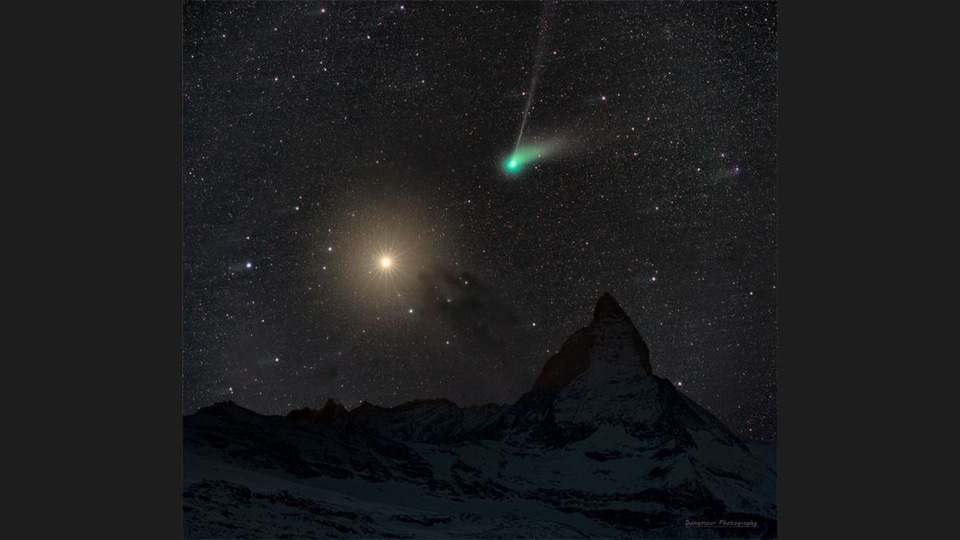
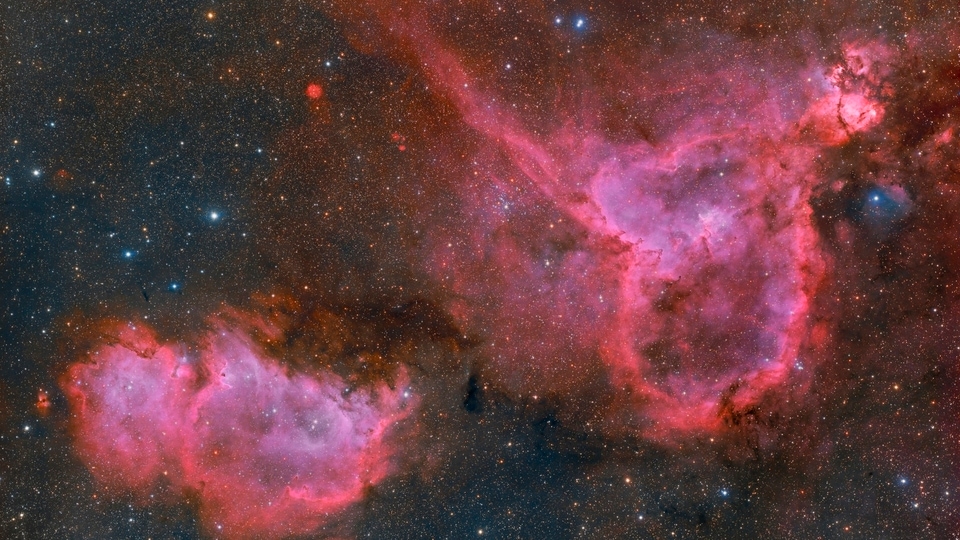
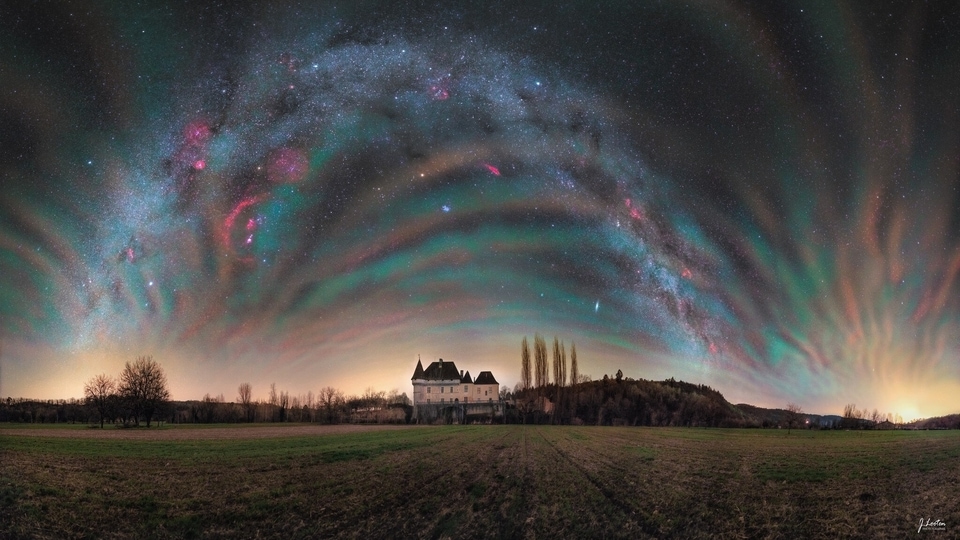

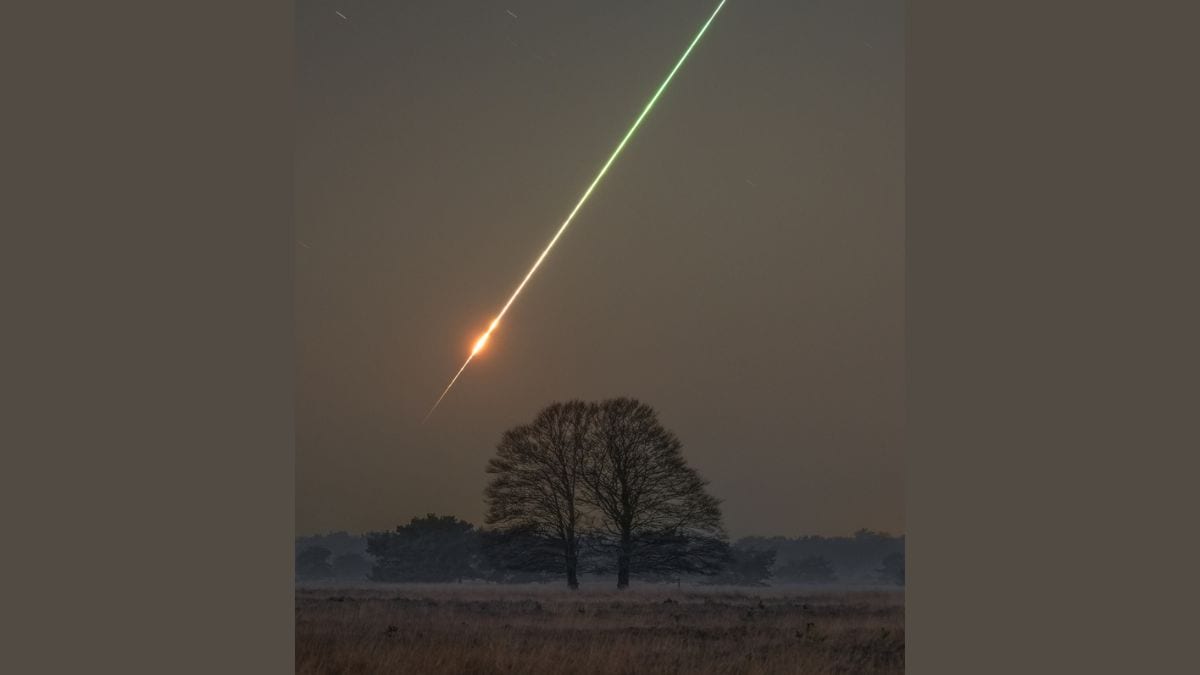
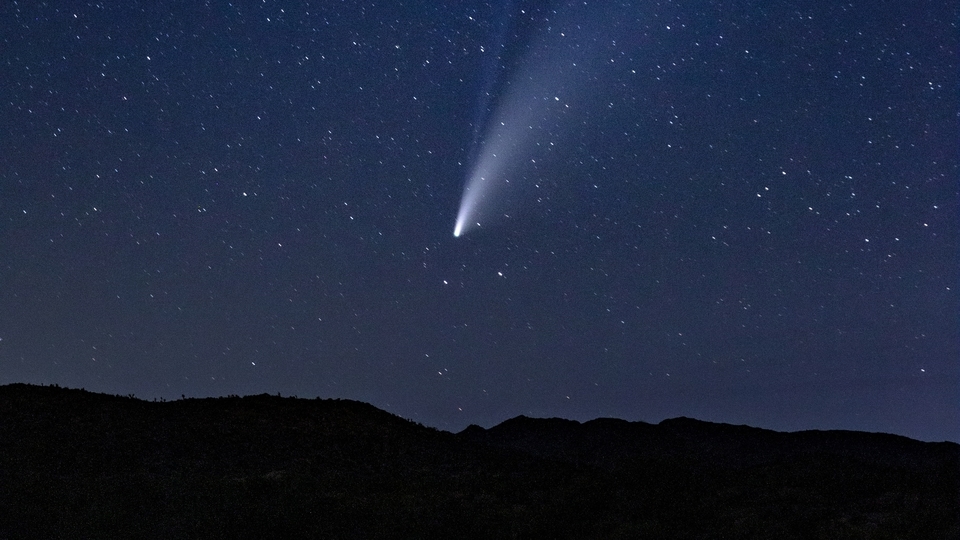
 View all Images
View all ImagesWhile asteroids pass by Earth virtually every day and some small ones crash into it, Comets are a rarity and when they come calling, it is exciting time not just for the astronomers, but also for the lay public. And that time is here as Comet C/2023 A3, which is also known as Tsuchinshan-ATLAS, is all set to pass by Earth in 2024. Astronomers believe that this comet can be 100 times brighter than the comet ZTF, reports Business Insider. This comet could be the most spectacular sight of the year. However, the comet is more than a year away.
“Pretty much right away, it started a buzz in the comet community, because predictions were putting it all over the place in terms of how bright it could get,” says Ariel Graykowski, a planetary astronomer at the SETI Institute. Fascinatingly, she also believes that it could be even brighter than Venus itself. Right now the comet is millions of miles away.
About Comet C/2023 A3
According to Business Insider, Comet C/2023 A3 (Tsuchinshan-ATLAS) was first discovered by astronomers at Purple Mountain Observatory in China and the Asteroid Terrestrical-impact Last Alert System, ATLAS.
At first, the comet was believed to be an asteroid but later it was declared that it was a comet. Astronomers are excited about the comet because it was spotted when it was millions of miles away from the Sun and was so clear.
Astronomers believe that the comet will pass by Earth in September 2024.
Will the prediction be accurate?
According to Scientific American, predicting a celestial object can be a fraught exercise. For example, earlier in 1973, comet Kohoutek, was also discovered very early just like Tsuchinshan-ATLAS. Astronomers hyped it up and called it “the comet of the century”, but the comet Kohoutek was only as visible as a night star and faded in just a matter of minutes.
“Almost for every case, it's not going to end the way that you predicted... We won't know until we get there,” says Quanzhi Ye, a planetary astronomer at the University of Maryland.
According to astronomers, the comet could fall apart, lose its shine, or even become brighter than expected.
So, brace yourself for this comet as it can be a space miracle, or a space dud, just mark the date in your calendar as it will be visible in late September or early October of next year.
Catch all the Latest Tech News, Mobile News, Laptop News, Gaming news, Wearables News , How To News, also keep up with us on Whatsapp channel,Twitter, Facebook, Google News, and Instagram. For our latest videos, subscribe to our YouTube channel.


























